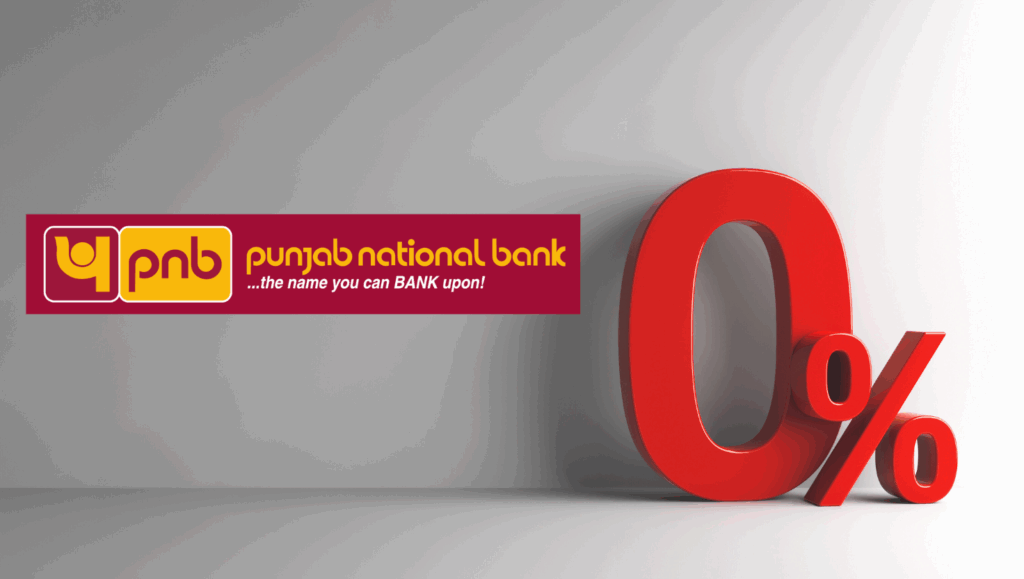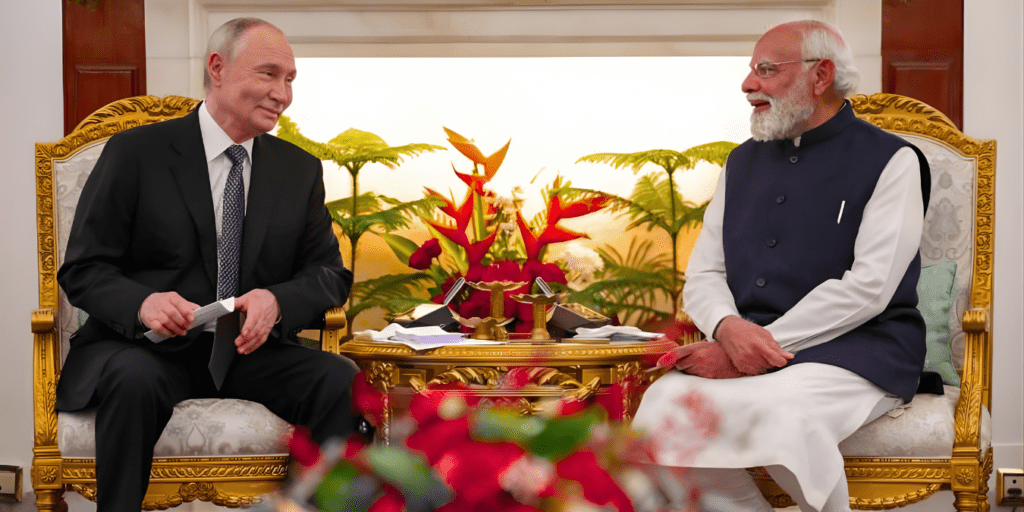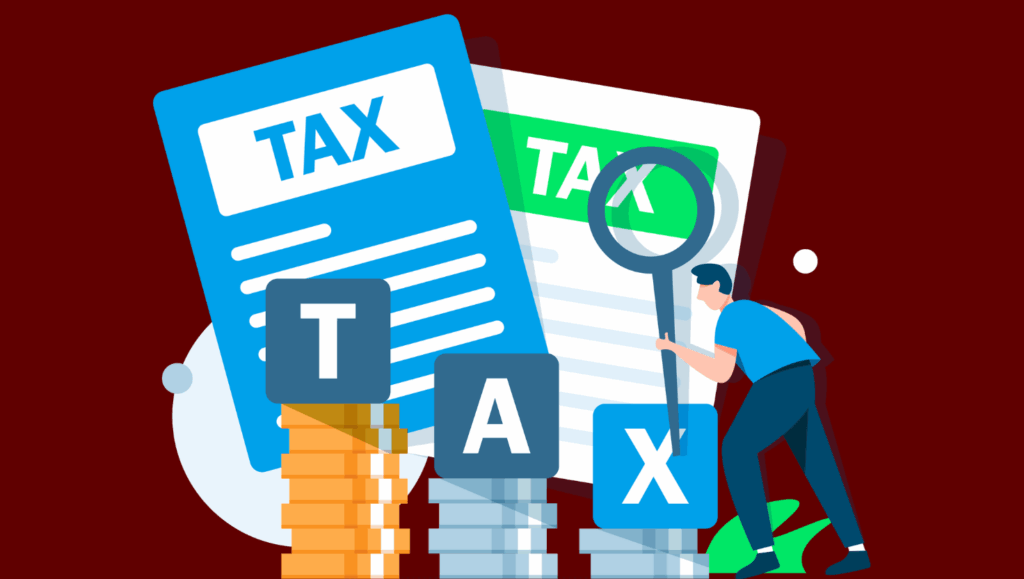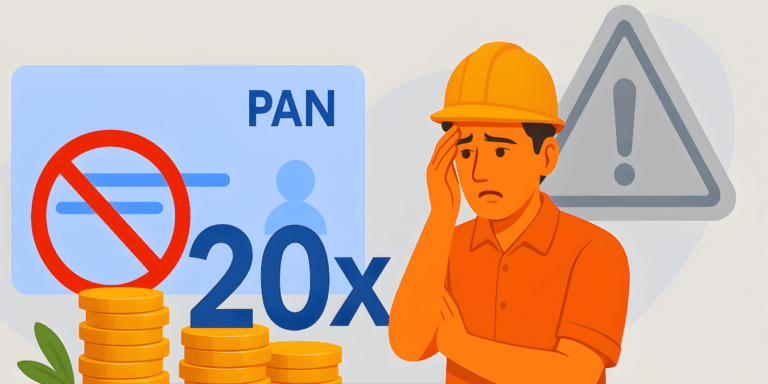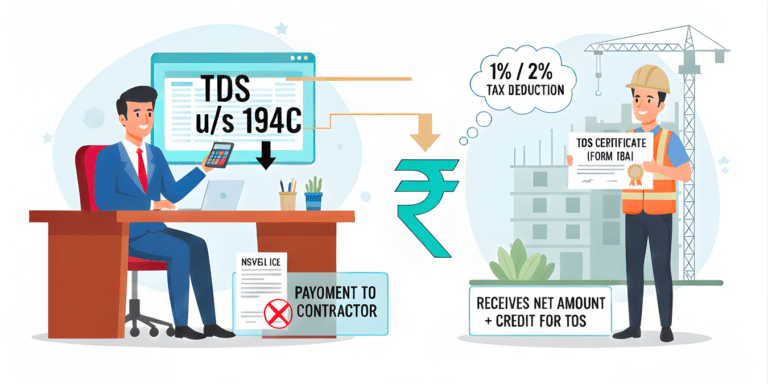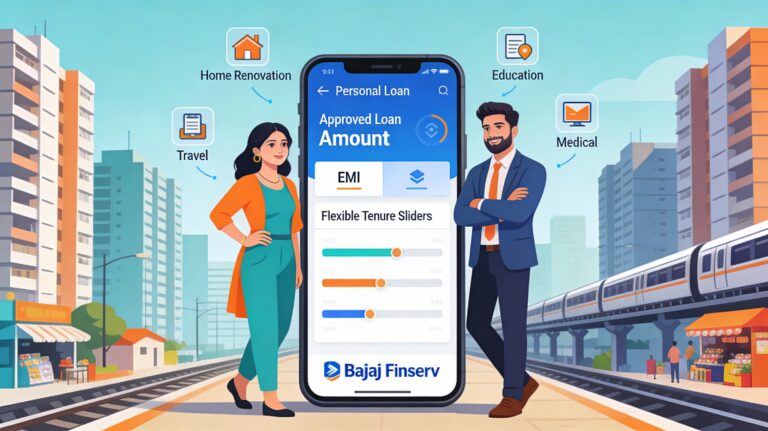
Will India’s zero GST on life and health insurance in 2025 revolutionize financial security? The GoM’s bold endorsement to scrap the 18% tax, backed by fresh 2025 data, sparks viral India stories. Yet, a suspenseful twist looms: will insurers hike premiums, diluting savings?
In August 2025, the Group of Ministers (GoM), appointed by the GST Council, unanimously endorsed the Centre’s bold proposal to exempt individual life and health insurance premiums from the existing 18% Goods and Services Tax (GST). Led by Bihar Deputy Chief Minister Samrat Choudhary, the 13-member GoM has propelled this transformative idea toward a final decision at the GST Council’s 56th meeting, slated for September 2025. This development has sparked India trends 2025, igniting viral India stories across platforms like X, where citizens, policymakers, and insurers debate its implications. This blog dives into the latest Indian discoveries surrounding this reform, unpacking its stakes for policyholders, insurers, and state revenues, with suspenseful twists, emotional narratives, and actionable insights to captivate and inspire.
The GST Burden: A Barrier to Financial Protection
Since its introduction in 2017, the Goods and Services Tax has imposed an 18% levy on life and health insurance premiums, significantly inflating the cost of financial protection. In FY 2023–24, GST collections from health insurance premiums alone reached ₹8,262.94 crore, with an additional ₹1,484.36 crore from health reinsurance premiums, according to the Ministry of Finance. For the average Indian household, this tax translates into a tangible financial strain. A family floater health plan with a ₹30,000 annual premium incurs ₹5,400 in GST, pushing the total cost to ₹35,400. For a middle-class family earning ₹5–10 lakh annually, this additional cost often forces tough choices—scaling down coverage or forgoing insurance entirely.
This burden is particularly acute in a country where out-of-pocket healthcare expenditure accounts for nearly 50% of total health spending, among the highest globally. India’s insurance penetration density, at $91 per capita, lags far behind the global average of $874, as per Swiss Re’s 2024 Sigma report. On platforms like X, viral India stories have amplified public frustration, with users labeling the 18% GST “tax terrorism” and highlighting how it deters millions from securing adequate coverage. The GoM’s zero-GST proposal is a direct response to this outcry, aiming to make insurance affordable and boost penetration in a nation where only 4% of the population has comprehensive health insurance.
The GoM’s Breakthrough: A Suspenseful Turning Point
In September 2024, during the 54th GST Council meeting, a 13-member GoM was constituted to examine GST on life and health insurance. Comprising finance ministers from states like Uttar Pradesh, West Bengal, Tamil Nadu, Karnataka, Telangana, Punjab, and others, the panel, chaired by Samrat Choudhary, embarked on intensive consultations. After months of deliberation, the GoM announced its unanimous support for the Centre’s proposal to exempt individual and family insurance premiums from GST in August 2025. This decision has set the stage for a high-stakes showdown at the GST Council’s September meeting.
Yet, a suspenseful twist looms. While the GoM’s endorsement is a significant step, states like Telangana and Punjab have flagged concerns about a potential ₹9,700 crore annual revenue loss, as estimated by the Centre for Budget and Governance Analysis (CBGA). Others, including Karnataka, have emphasized the need to ensure insurers pass on the full benefits to consumers without hiking base premiums to offset losses. The GoM’s final report, due by October 2025, will incorporate these perspectives, adding intrigue to whether the GST Council will greenlight a pure exemption or opt for a nuanced alternative. This uncertainty fuels India trends 2025, as stakeholders await a decision that could reshape the insurance landscape.
Indian Stock Market Trends On Wednesday, September 10, 2025
Why New 2025 Tax Laws Let You Pocket Every Rupee of ₹7 Lakhs – Pay Zero Tax
Punjab National Bank Waives Penal Charges: Zero Penalties for Non-Maintenance of Minimum Balance from July 1, 2025
Trading the Indian Stock Market: Sensex, Nifty 50, Bank Nifty Outlook for July 4, 2025
Zero-Rated vs. Exempt: The Technical Divide
The distinction between a zero-rated and exempt GST status is pivotal to the reform’s success. An exemption means no GST is charged on premiums, but insurers lose the ability to claim input tax credit (ITC) on operational costs, such as agent commissions (35–40% in the first year), office rent, software licenses, and reinsurance premiums. Industry estimates from the General Insurance Council suggest this could impose an unrecoverable cost of ₹12.6 per ₹100 of premium. To protect margins, insurers might raise base premiums—for example, a ₹20,000 premium could inch up to ₹20,200, diluting consumer savings.
In contrast, a zero-rated framework allows insurers to claim full ITC while charging no GST to policyholders, ensuring the entire 18% tax relief reaches consumers. For instance, a ₹30,000 health insurance premium would drop to ₹30,000, saving ₹5,400 annually. Legal experts like Brijesh Kothary from Khaitan & Co. advocate for a middle ground—a 5% GST rate—to balance consumer affordability with insurer stability. This technical debate is a cornerstone of latest Indian discoveries in tax policy, as it will determine whether the reform delivers tangible benefits or becomes mired in unintended consequences.
Comparison of Current GST Rates and Expected Changes for Life and Health Insurance in 2025
The following table compares the current Goods and Services Tax (GST) rates on life and health insurance premiums in India with the proposed changes expected in 2025, based on the Group of Ministers (GoM) recommendations and GST Council deliberations. The table includes detailed impacts on policyholders, insurers, and government revenue, incorporating insights from recent developments and stakeholder concerns.
| Aspect | Current GST Regime (2025) | Proposed GST Changes (2025) | Impact on Policyholders | Impact on Insurers | Impact on Government Revenue |
| GST Rate on Term Life Insurance | 18% on premiums | Full exemption (0%) or reduction to 5% | Savings: Up to ₹1,800 on a ₹10,000 premium (0%) or ₹1,300 (5%). Increases affordability for middle-class families. | Exemption: Loss of input tax credit (ITC) may increase base premiums by ₹12.6 per ₹100 to offset costs. 5% Rate: ITC retained, stabilizing margins. | Exemption: ₹200 crore annual revenue loss. 5% Rate: Reduced loss, balancing social goals. |
| GST Rate on Health Insurance (Individual/Family Floater) | 18% on premiums | Full exemption (0%) or reduction to 5% for policies up to ₹5 lakh coverage | Savings: Up to ₹9,000 on a ₹50,000 premium (0%) or ₹6,500 (5%). Encourages wider adoption. | Exemption: ITC loss may lead to premium hikes (e.g., ₹50,000 to ₹50,600). 5% Rate: ITC retention ensures stable pricing. | Exemption: ₹2,400 crore annual revenue loss. 5% Rate: Lower revenue impact, supporting fiscal stability. |
| GST Rate on Senior Citizen Health Plans | 18% on premiums | Full exemption (0%) for policies up to ₹5 lakh | Savings: Up to ₹12,000 on an ₹80,000 premium, easing burden for retirees. | Similar to health insurance; ITC loss under exemption may raise costs unless zero-rated. | ₹400 crore loss for senior plans under exemption; minimal with 5% rate. |
| GST Rate on Endowment/Savings Plans | 4.5% (1st year), 2.25% (renewals) | Possible reduction to 0% or 5% for pure protection components | Savings: ₹450 on a ₹10,000 first-year premium (0%) or ₹400 (5%). Boosts long-term savings plans. | Lower GST may increase demand but ITC loss under exemption could raise operational costs. | Minimal revenue impact due to lower rates; exemption may reduce collections slightly. |
| GST Rate on ULIPs | 18% on premiums | Likely unchanged or reduced to 12% for protection components | Savings: Up to ₹600 on a ₹10,000 premium (12%). Limited impact unless pure protection separated. | ITC retention at 12% supports margins; unchanged 18% maintains status quo. | Negligible revenue loss if reduced to 12%; no change if 18% retained. |
| GST Rate on Government Schemes (e.g., PMJJBY, PMSBY) | Exempt (0%) | No change proposed | No additional savings; already affordable for low-income groups. | No impact; schemes remain exempt. | No revenue impact; exemptions continue. |
| Input Tax Credit (ITC) Availability | Full ITC on operational costs (e.g., commissions, IT, reinsurance) | Exemption: ITC disallowed, increasing costs. 5% Rate: ITC retained, stabilizing costs. | Indirect impact: Exemption may lead to higher base premiums, reducing savings. | Exemption: Unrecoverable costs (₹12.6 per ₹100 premium) may force premium hikes. 5% Rate: ITC ensures cost stability. | Exemption: Higher insurer costs may reduce tax base. 5% Rate: Sustains revenue via ITC claims. |
| Implementation Timeline | Current rates apply as of August 2025 | Expected decision in September 2025, effective by Diwali (October 2025) | Policyholders may delay renewals to benefit from lower rates post-Diwali. | Insurers may adjust pricing strategies post-Council decision. | Revenue impact starts post-implementation; phased rollout possible. |
| Revenue Impact | ₹8,262.94 crore (health) + ₹1,484.36 crore (reinsurance) in FY 2023–24 | Exemption: ₹9,700 crore annual loss. 5% Rate: ₹6,000–7,000 crore loss. | Lower premiums increase affordability, boosting penetration. | Insurers may gain from higher demand but face margin pressure under exemption. | Significant loss under exemption; 5% rate mitigates fiscal strain. |
| Consumer Savings Example | ₹50,000 premium: ₹9,000 GST (total ₹59,000) | 0%: ₹0 GST (total ₹50,000). 5%: ₹2,500 GST (total ₹52,500). | Savings: ₹9,000 (0%) or ₹6,500 (5%) per ₹50,000 premium. | Savings depend on insurers passing on benefits; exemption risks premium hikes. | Lower collections may require compensatory measures (e.g., higher sin goods tax). |
Key Notes
- Current Regime: The 18% GST on most life and health insurance premiums significantly increases costs, deterring middle- and lower-income households from adequate coverage. Endowment plans have lower rates (4.5% first year, 2.25% renewals), while government schemes like PMJJBY and PMSBY are exempt.
- Proposed Changes: The GoM proposes full exemption (0%) for term life, health insurance (up to ₹5 lakh), and senior citizen plans, or a reduced 5% rate with ITC. ULIPs may see partial reductions to 12% for protection components.
- Policyholder Impact: A full exemption could save up to ₹9,000 on a ₹50,000 health premium, but ITC loss may lead insurers to raise base premiums, diluting savings. A 5% rate with ITC ensures stable premiums and maximum consumer benefit.
- Insurer Concerns: Exemption without ITC could increase operational costs by ₹12.6 per ₹100 premium, prompting premium hikes. A 5% rate preserves ITC, stabilizing costs and encouraging competitive pricing.
- Revenue Trade-Off: Exemption results in a ₹9,700 crore annual revenue loss, while a 5% rate reduces the loss to ₹6,000–7,000 crore, balancing social welfare with fiscal sustainability.
- Timeline: The GST Council’s decision is expected in September 2025, with implementation by Diwali (October 2025), aligning with GST 2.0 reforms.
This table reflects the latest insights from August 2025, including GoM recommendations and stakeholder feedback, providing a comprehensive comparison to guide policyholders, insurers, and policymakers.
GST 2.0: A Broader Vision for Tax Reform
The zero-GST proposal is a cornerstone of the broader GST 2.0 reforms unveiled by Prime Minister Narendra Modi in his August 2025 Independence Day address. Described as a “Diwali gift” for the middle class, GST 2.0 aims to simplify India’s tax regime by reducing slabs to 5% and 18%, scrapping the 12% and 28% rates, and applying a 40% rate to luxury and sin goods. Finance Minister Nirmala Sitharaman has outlined three pillars for this overhaul: structural reform, rate rationalization, and ease of doing business. The zero-GST proposal aligns with these goals, seeking to enhance affordability, boost consumption, and correct inverted duty structures that burden insurers with unclaimed ITC.
The reform also responds to India’s low insurance penetration, which stands at 4.2% compared to 7.3% in China and 9.1% in the US, per IRDAI’s 2024–25 annual report. By removing GST, the government aims to make insurance a household staple, reducing reliance on out-of-pocket healthcare spending and fostering financial inclusion. However, the estimated ₹9,700 crore revenue loss poses a formidable challenge, testing the spirit of cooperative federalism between the Centre and states.
Industry Perspectives: Optimism Meets Caution
Insurers and experts have greeted the proposal with a mix of enthusiasm and caution. Jude Gomes, CEO of Ageas Federal Life Insurance, hails it as a “customer-centric move” that could accelerate India’s journey toward the “Insurance for All” goal by 2047. Deepak Kumar Jain of TaxManager.in predicts an 18% reduction in premiums, driving demand and enhancing financial security. However, Rakesh Jain of Reliance General Insurance warns that losing ITC could increase operational costs by 10–12%, potentially offsetting consumer benefits unless a zero-rated model is adopted.
Legal and industry voices propose a 5% GST rate as a balanced solution. Gurpal Singh Dhingra of Prudent Insurance Brokers argues that this would preserve ITC while reducing consumer costs, stabilizing insurer margins and expanding coverage in under-penetrated segments like term and motor insurance. Posts on X reflect similar sentiments, with users urging the GST Council to prioritize consumer savings over revenue concerns. These insights underscore the complexity of the reform, making it a top India trend 2025.
The September Showdown: What’s at Stake?
The 56th GST Council meeting, scheduled for September 3–4, 2025, in New Delhi, will be a defining moment. Chaired by Nirmala Sitharaman and attended by state finance ministers, the Council will review the GoM’s report and decide the zero-GST proposal’s fate. States like Punjab and Telangana have called for mechanisms to ensure insurers pass on benefits, with Punjab’s Harpal Singh Cheema urging IRDAI-led studies to validate premium reductions. West Bengal’s Chandrima Bhattacharya has emphasized consumer protection, advocating for penalties if insurers hike base premiums.
The stakes are immense: a successful exemption could boost insurance penetration, reduce out-of-pocket healthcare costs, and enhance financial security for millions. For instance, a 1% increase in health insurance penetration could save ₹15,000 crore in household healthcare expenses annually, per a 2025 NITI Aayog study. But a misstep—such as an exemption without ITC relief—could lead to higher premiums, undermining the reform’s intent. This uncertainty fuels viral India stories, with social media buzzing over whether the GST Council will deliver a game-changer or a partial victory.
Stunning Suggestions for Stakeholders
- Policyholders: Act now—review your insurance renewals in September 2025. Join online forums and consumer advocacy groups to demand transparent premium reductions. Amplify your voice on social media with #ZeroGSTIndia, sharing personal stories to pressure insurers and policymakers for a zero-rated framework that maximizes savings.
- Insurers: Proactively outline plans to pass on GST savings, such as premium rebates or loyalty discounts. Publish transparent cost breakdowns to build trust and leverage the latest Indian discoveries in tax reform for brand visibility. Engage with IRDAI to develop compliance mechanisms that ensure consumer benefits.
- Tax Professionals and Analysts: Capitalize on the India trends 2025 momentum by hosting webinars and publishing thought-leadership pieces on the zero-rated vs. exempt debate. Use SEO keywords like GST 2.0, zero GST on insurance, and viral India stories to drive engagement and establish expertise.
- State Governments: Forge consensus on monitoring mechanisms to ensure insurers pass on benefits. Propose pilot programs to test zero-rated GST models, balancing revenue stability with consumer affordability. Collaborate with the Centre to fund awareness campaigns promoting insurance uptake post-reform.
A Defining Moment for India’s Future
The zero-GST proposal is more than a tax reform—it’s a potential lifeline for millions seeking affordable protection. With the GoM’s report due by October 2025 and the GST Council’s decision looming, India stands at a crossroads. Will this reform catalyze a surge in insurance penetration, making health and life coverage a reality for the masses? Or will industry and revenue constraints temper its impact, leaving policyholders in suspense? The answers lie in the weeks ahead, as India trends 2025 unfold.


